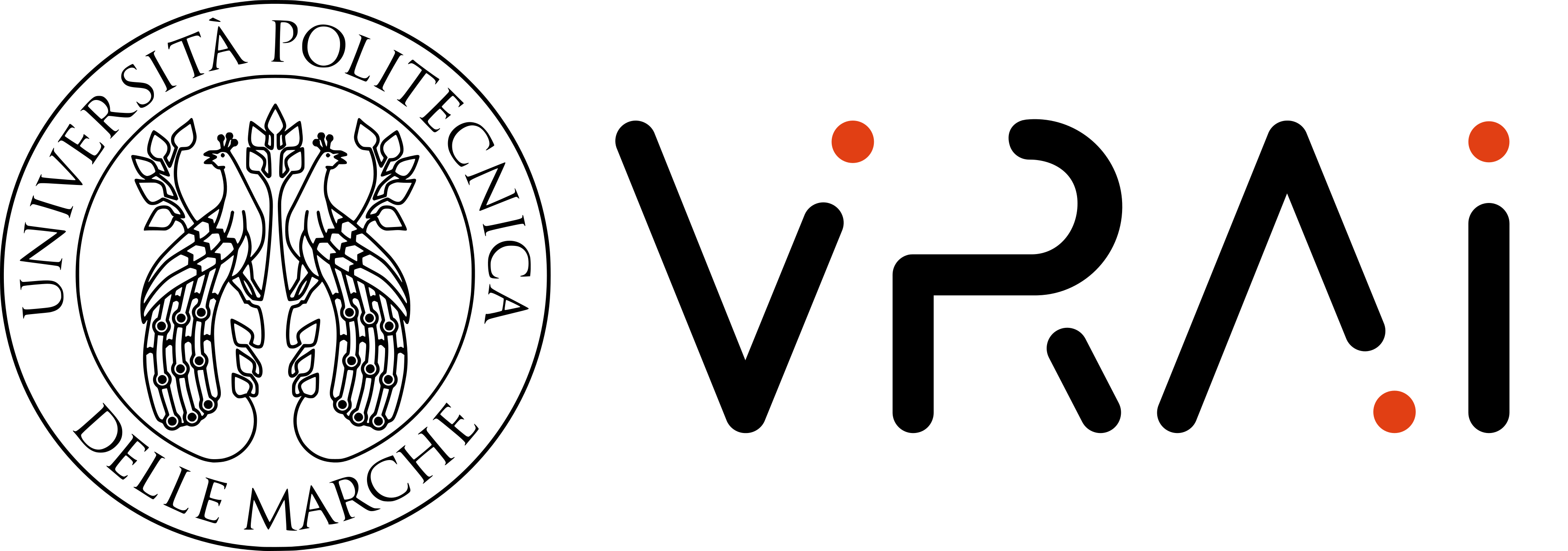| Title | Accurate modeling of the microwave treatment in reverberating chamber. sanitation of agro food material |
| Publication Type | Conference Paper |
| Year of Publication | 2016 |
| Authors | Paolanti M, Bacchiani R.a, Frontoni E, Mancini A, De Leo R.a, Zingaretti P, Bisceglia B.b |
| Conference Name | Mediterranean Microwave Symposium |
| Publisher | IEEE Computer Society |
| ISBN Number | 9781467376020 |
| Keywords | Computational power, Degrees of freedom (mechanics), Dielectric characteristics, Electromagnetic heating, Electromagnetics, Heating, Microwave heating, Microwave ovens, Microwave treatment, Microwaves, Rail-to-rail input, Reverberating chamber, Shape, Temperature measurement |
| Abstract | The microwave heating is useful for drying of foodstuff, disinfestation of works of art, phitosanitary treatment and disinfection of packaging according to current international guidelines. The computer simulation allows predicting and monitoring the heating process. The microwave treatment can nevertheless present some problems such as the presence of highly heated areas (hot spots) or areas with poor radiation due to particular shapes. Simulation of complex systems has evolved into a research discovery tool: such models and simulations, drawing upon the dramatic scale up of computational power and associated architectures and algorithmic innovation, can address complex systems with many degrees of freedom and with multiple length and time scales of interest. Using specific programs, the distribution of heating power in objects to be treated, even if complex shapes, can be predicted so as to be able to define the possibility, the time necessary to the processing, the power to be transmitted in the chamber and any repair or protection to cover the most sensitive areas. It can also predict the behavior of irradiation in the presence of other entities such as nails or pests. In order to perform simulation, important data are the geometry of the object or objects in the case of multiple loading and their dielectric characteristics. As a result we obtain the distribution of heating power. © 2015 IEEE. |
| URL | https://www.scopus.com/inward/record.uri?eid=2-s2.0-84962766321&partnerID=40&md5=baeea86f228c70b1b41ce30e1d94e5a3 |
| DOI | 10.1109/MMS.2015.7375447 |
Accurate modeling of the microwave treatment in reverberating chamber. sanitation of agro food material
0
